I'm a Professional Chef and Gardening Writer – These Are the 8 Vegetables I Always Grow for Unbeatable Flavor
I've learned a lot in my careers, and I refuse to gatekeep my favorite veggies to grow any longer! Grow the most delicious vegetables yet with my picks.
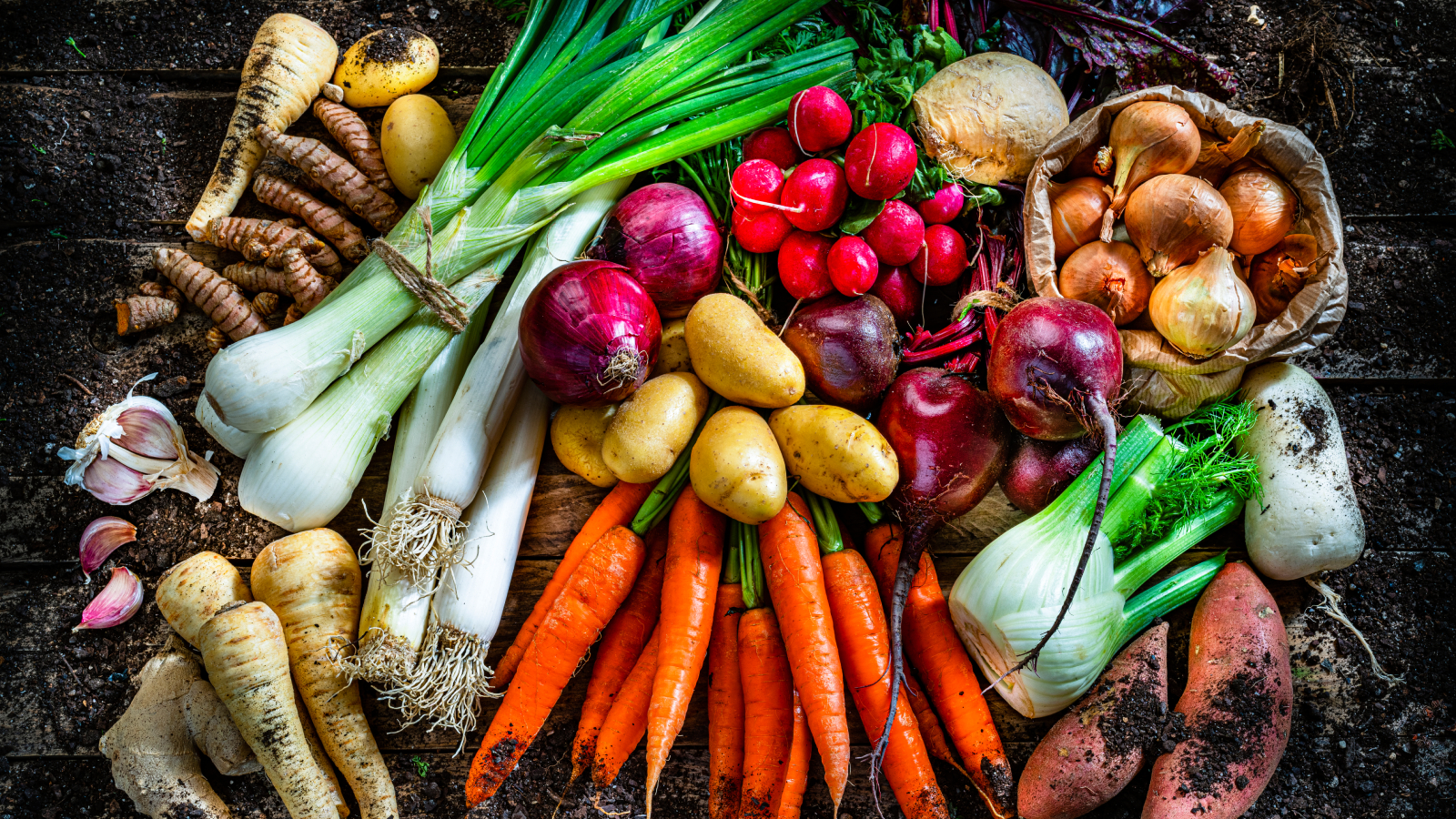

Amy Draiss
One thing that is drilled into you as you train in the culinary arts is to always use the freshest produce possible. It is a mantra that threads through the entire cooking process. You want to give your diners the finest eating experience possible; therefore, you source the best food possible. As an extension of that philosophy, I started growing my own vegetables so I could ensure I had the very best of what was available.
When I was a chef, I worked very close to the Pike Place Market in Seattle. I would walk there to select delicacies for different dishes and menu items. The produce was out of this world, and in such a diverse array that it made it hard to choose. Just one type of vegetable could often be found in numerous colors and sizes as the farmers grew ever more exciting heirlooms.
Over the years, I have refined my favorites to just a few winners in each vegetable category. I endeavor to plant these every year so I can enjoy them as much as my customers did. If you're starting a vegetable garden, my recommended picks are a great way to raise your culinary game.
1. Mortgage Lifter Tomato
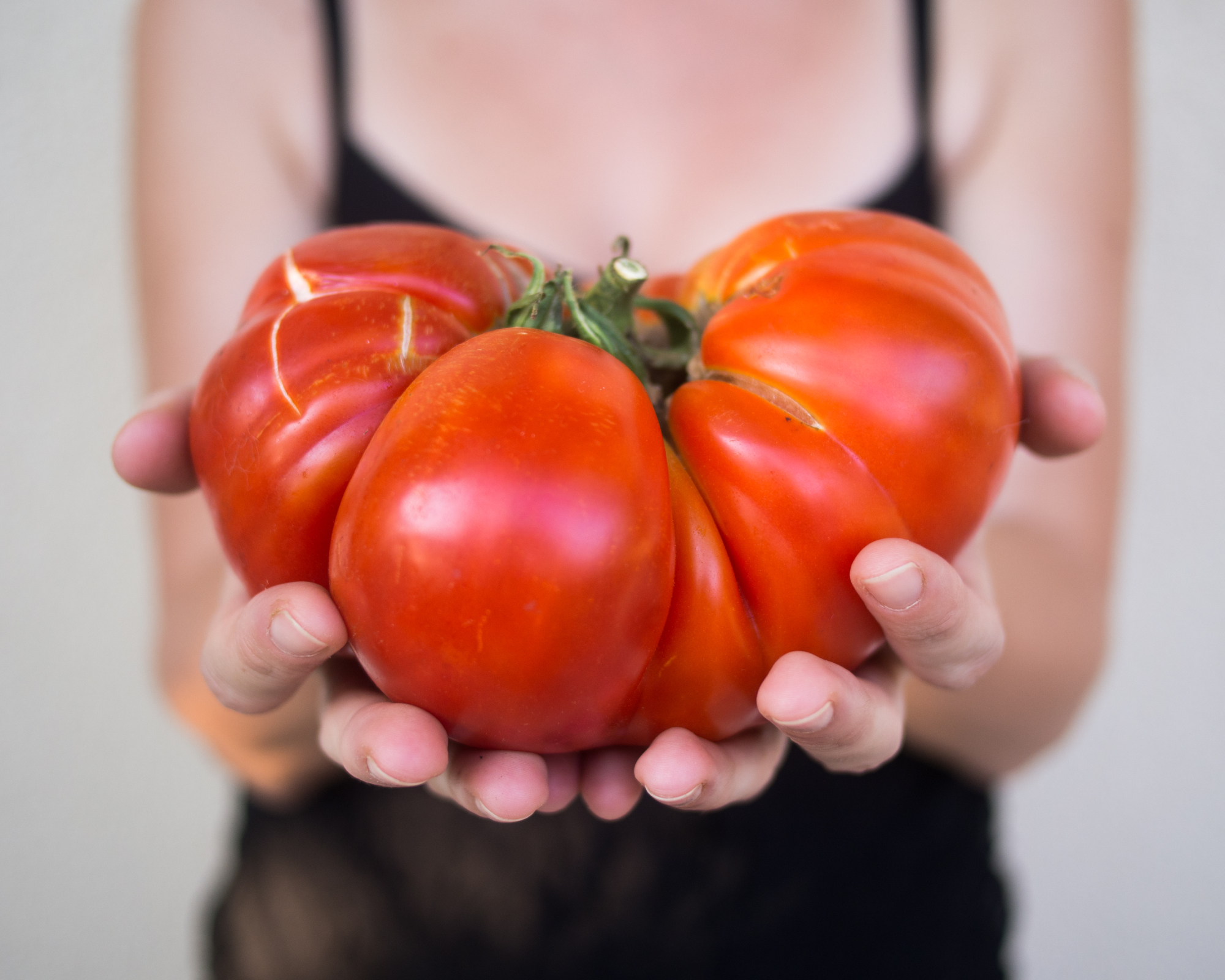
The Mortgage Lifter tomato has a cute back story where its originator sold seedlings of the plant for $1 and was able to pay off his mortgage. The tomato is a huge beefsteak variety that fills 2 hands. It has reddish-pink flesh that is succulent, juicy, and has the best balance of tart and sweet I’ve ever experienced.
It can be hard to find starts of this variety, but the fancier nurseries often carry it. I have started my own plants, indoors, around the end of February with limited success. I prefer to purchase my tomato starts because my indoor growing scheme isn’t ideal for heat and sun loving plants.
This plant really takes off and the indeterminate stems require quite a bit of management. But it’s all worth it when you pull off the first fruit, cook up some bacon, toast some bread, and have your first BLT of the season.
Learn more about growing tomatoes in our free eBook "How To Grow Delicious Tomatoes."
Sign up for the Gardening Know How newsletter today and receive a free copy of our e-book "How to Grow Delicious Tomatoes".
2. Leeks
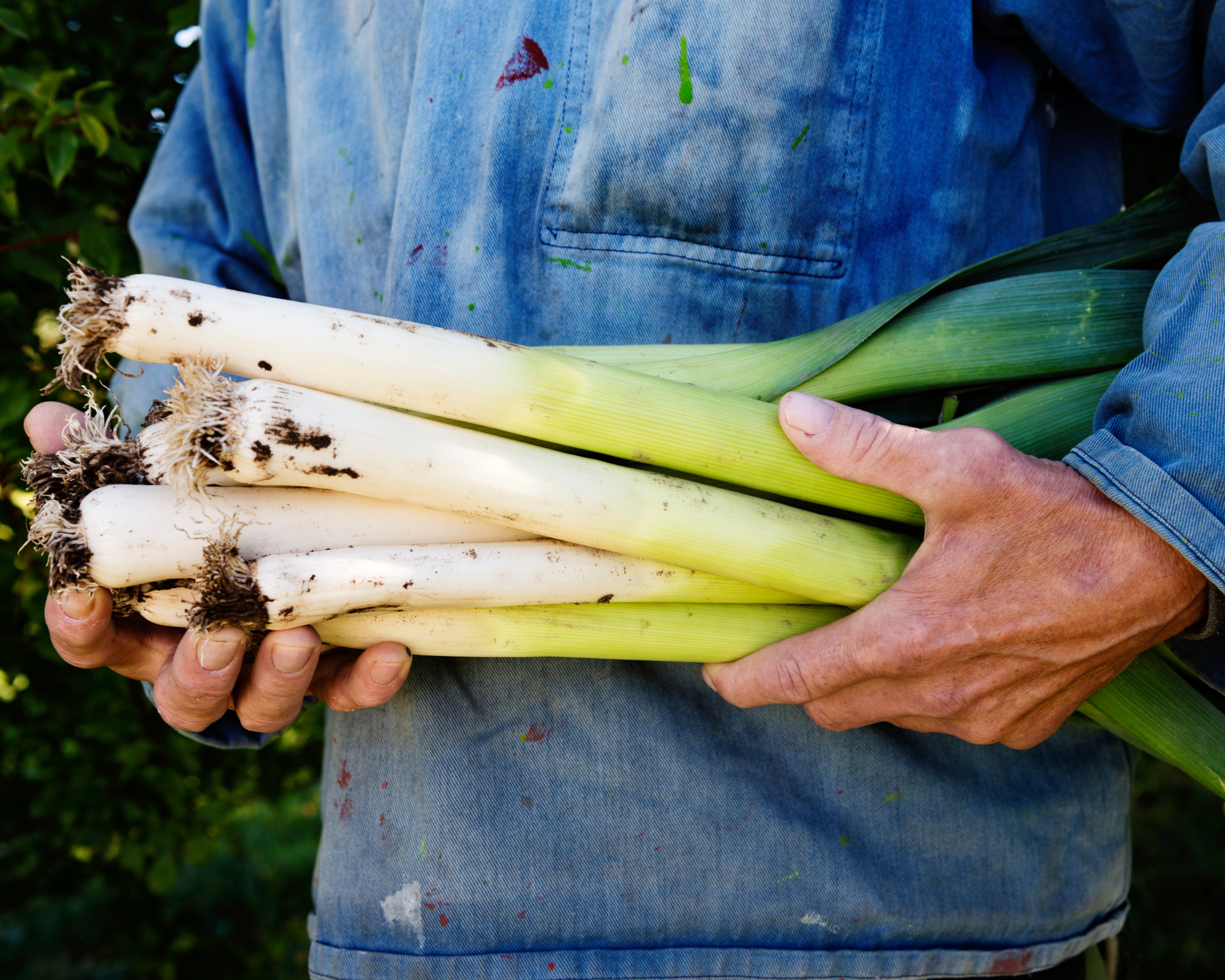
Leeks are one of the more versatile members of the Allium family. They are milder than onions and have a unique flavor. Known for classics like potato leek soup, I like to use them as alternatives to onions in many other dishes.
Growing leeks is quite easy. I always sow them indoors in a tray and then laboriously transplant them to the garden. They are invariably tangled up and I have to make holes in the earth with a pencil and untangle each slender plant. But it always results in a large crop of leeks.
I am actually the supplier of leeks for my whole family and friends since they are rather expensive in the grocery store. Harvesting leeks provides fresh flavor, but they can also be saved for winter by washing them well, slicing them up, and freezing them.
3. Parsnips
I find parsnips to be an old fashioned, underused vegetable. The unassuming roots are simply elegant when made into a mash and set alongside a perfectly done steak. I often mix the roots with potatoes to give more flavor and they are wonderful in soups and stews.
Their real beauty comes when they are roasted which brings out their sweetness. Parsnips are easy to grow. You simply need deeply loose soil that is well draining and of average fertility. Parsnips aren’t that picky provided the soil percolates easily.
Plant the seed early in spring and thin the seedlings. These roots need about 4 months to mature and actually taste best if they experience a few frosts.
4. English Cucumbers
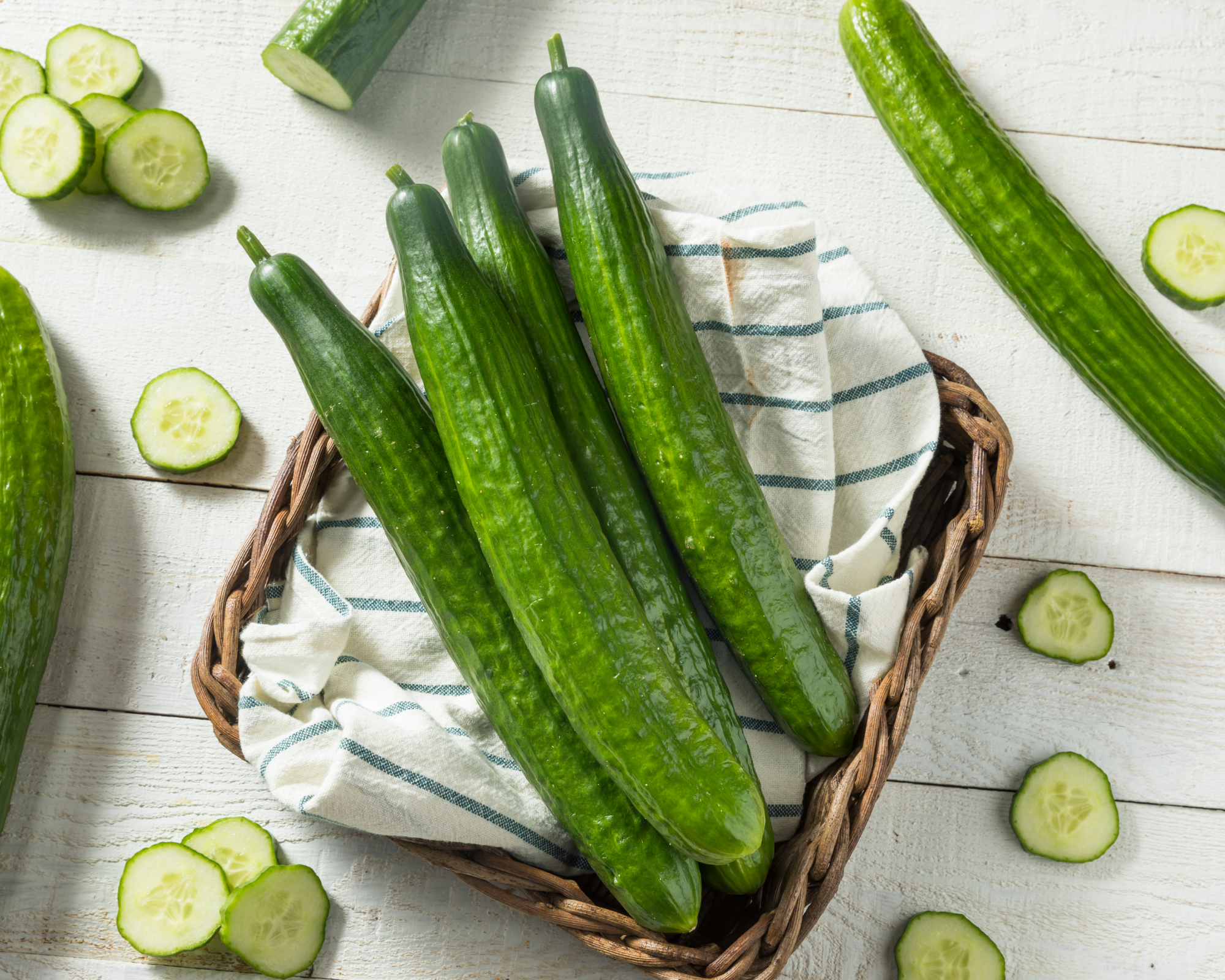
I try to source seeds for the Chelsea hybrid. I have cucumber issues which are alleviated by seedless varieties. The Chelsea cucumber variety is almost seedless, produces a long slender fruit, and has a sweet, juicy, refreshing flavor.
Start your seeds indoors about 6 weeks prior to the last frost. Once planted outside, I provide them with a trellis to keep the fruits from laying in the ground.
As the cucumbers begin to arrive, I delight myself with fresh cucumber sandwiches, bright tzatziki sauce that zings up other veggies, and as quick pickles to jazz up other dishes.
5. Arugula
Arugula was hugely popular in the culinary world in the '90s and is still a popular green today. Arugula has a slightly peppery flavor since it is related to mustards.
Simple to grow, all you need is sun, a prepared seedbed, and seeds. You can harvest the small leaves or wait for the larger ones, which can be a bit bitter. One of my favorite ways to use rocket, or arugula, is in a pesto. Substitute the leaves for basil and you have a unique sauce for pasta or to slather on sandwiches.
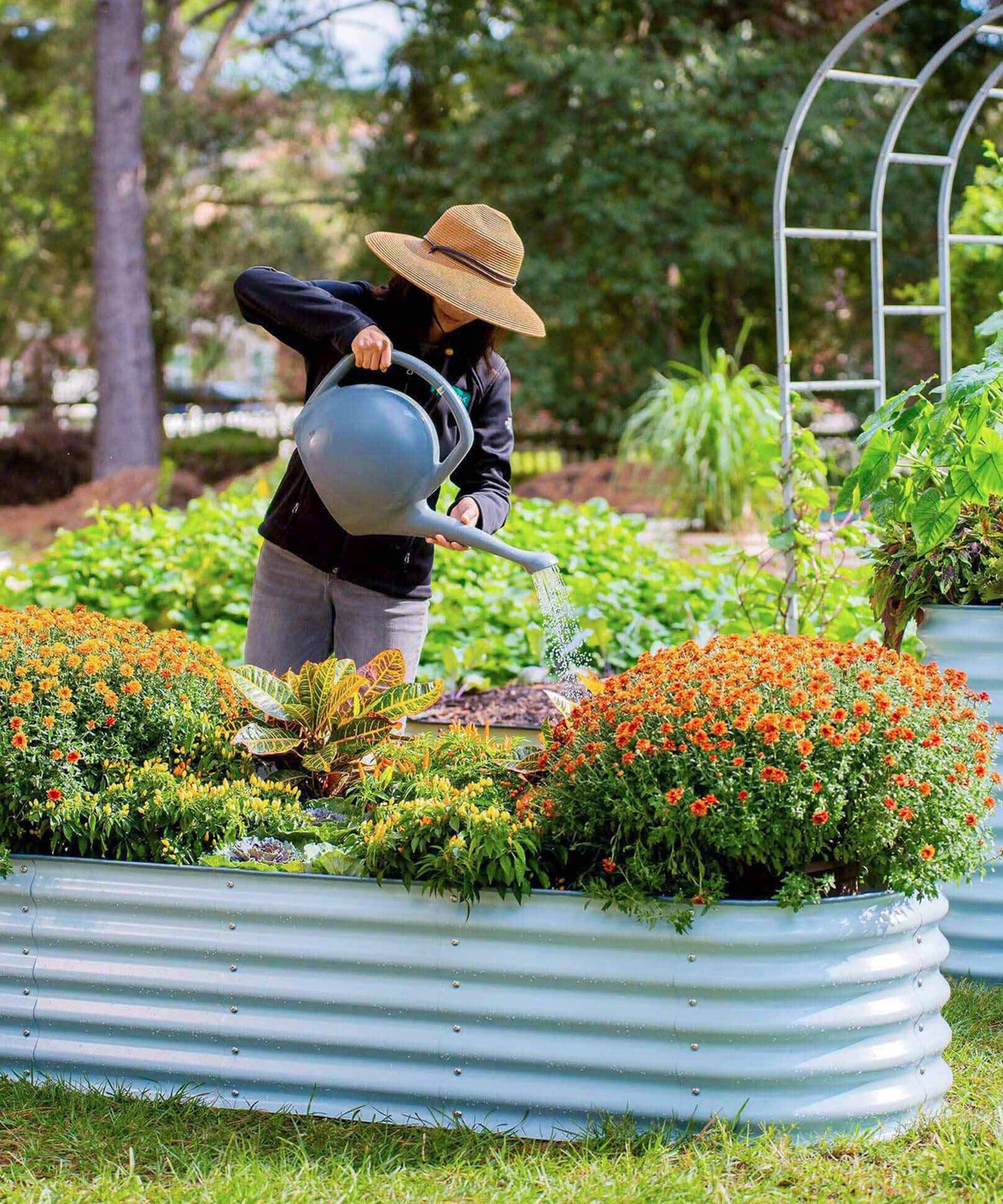
Metal vegetable garden bed that is both food-safe and corrosion resistant. Grow the best veggies yet with this modular raised bed kit found in the Gardening Know How Shop.
6. Fingerling Potatoes
One of the types of potato that is hard to find at the grocery is fingerling potatoes. There are many varieties of these slender spuds but my favorite is Russian Banana. They have yellow, buttery flesh with a slightly nutty flavor.
These fingerlings hold up beautifully when boiled or roasted. Pre-cook them a bit and toss them with olive oil and herbs and put them on the grill. You grow fingerlings like any other potato. I have dedicated potato bags for my taters but you can also plant them in loose ground.
7. Beets
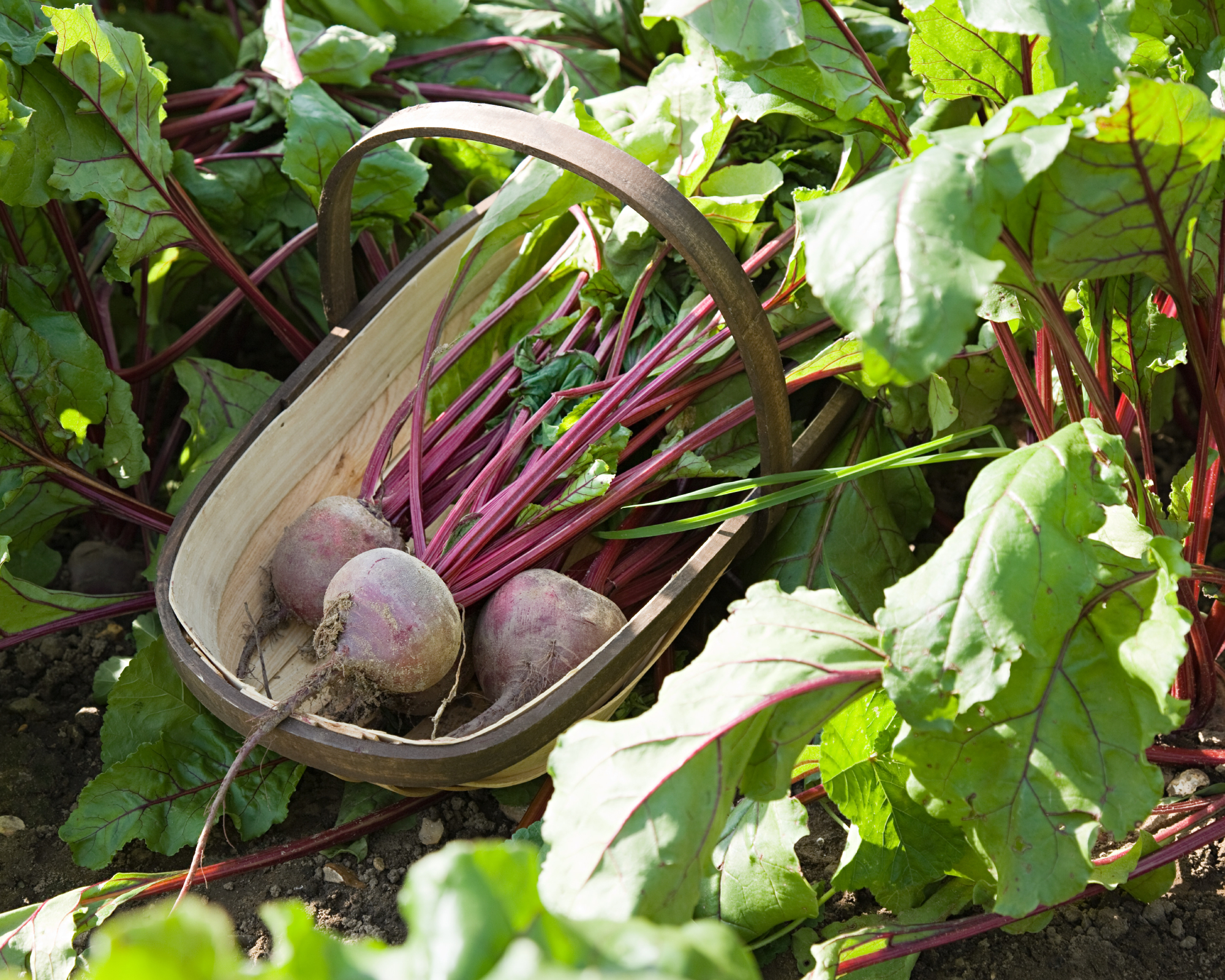
Beets are versatile root veggies that need to be cooked to be best enjoyed but can be served hot or cold. A lovely cold beet salad with blue cheese and toasted walnuts, is an outstanding way to enjoy these sweet roots.
Roasting beets caramelizes them and brings even more flavor. The plants like fairly nutrient dense soil, so I loosen the soil and incorporate a bunch of compost before planting the seed. The seedlings need to be thinned to give the root room to grow, but the thinnings are delicious added to salads.
8. Turnips
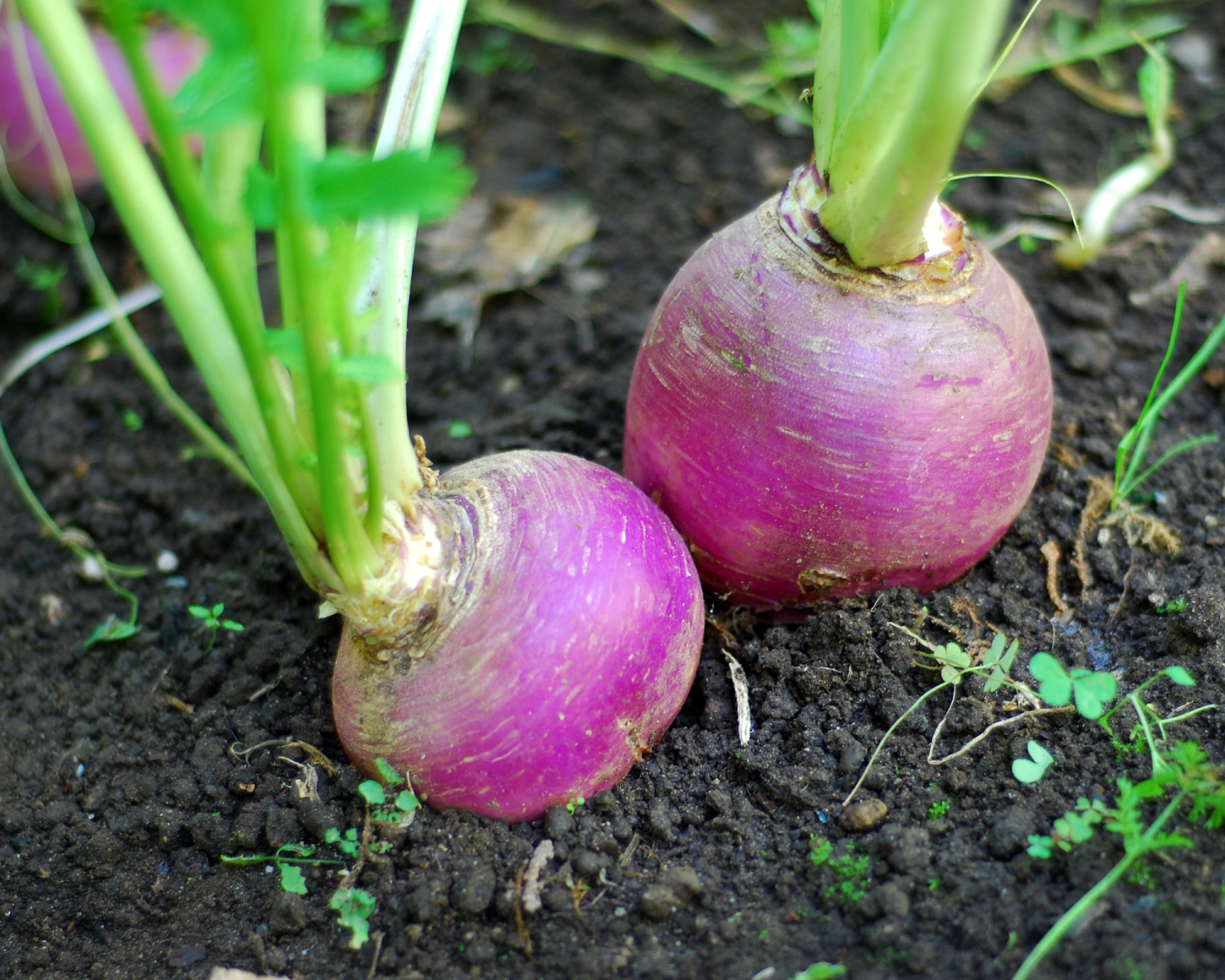
This is a root veggie that is not often at the grocery. A wonderful fall treat is a batch of roasted root vegetables. Turnips have a bit of sweetness combined with a peppery flavor. Larger roots can have a more pronounced bitterness so it's important to harvest the roots when they are small.
Roasting these vegetables enhances the sweetness. Combine them with carrots, parsnips, and other root vegetables. Delicious.
Turnips like well draining, moderately fertile soil, full sun, and average watering. Like parsnips, you will need to thin the seedlings to give roots room to mature.
This article features products available from third-party vendors in the Gardening Know How Shop.

Bonnie Grant is a professional landscaper with a Certification in Urban Gardening. She has been gardening and writing for 15 years. A former professional chef, she has a passion for edible landscaping.
- Amy DraissDigital Community Manager